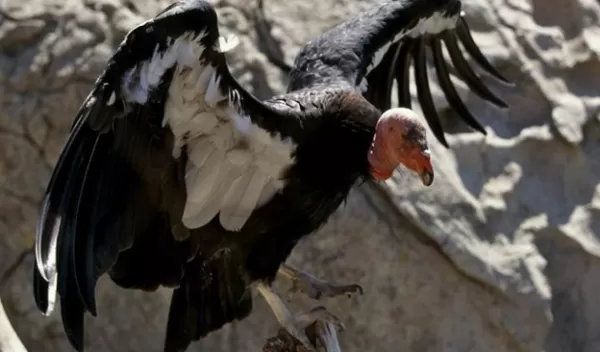
High genomic diversity is good news for California condors
Despite almost being driven to extinction, the California condor has a high degree of genetic diversity that bodes well for its long-term survival, according to a U.S. National Science Foundation-funded analysis by University of California researchers.
Nearly 40 years ago, the state's wild condor population was down to a perilous 22. That led to inbreeding that could have jeopardized the population's health and narrowed the bird's genetic diversity, which can reduce its ability to adapt to changing environmental conditions.
In comparing the complete genomes of two California condors with those of an Andean condor and a turkey vulture, UC San Francisco and UC Berkeley scientists found genetic evidence of inbreeding over the past few centuries but, overall, a wealth of diversity across most of the genome.
"You need genetic diversity to adapt, and the more genetic diversity they [California condors] have, hopefully, the more chance they have to adapt and persist," said Jacqueline Robinson, lead author of a paper in the journal Current Biology. "Our study is the first to begin quantifying diversity across the entire California condor genome, which provides us a lot of baseline information and will inform future research and conservation."
The health of the bird's genome is probably due to the species' great abundance in the past. Robinson and her colleagues used statistical techniques to estimate the condor's historical population and found that it was far more abundant across the United States a million years ago than the turkey vulture, America's most common vulture today. The bird likely numbered in the tens of thousands, soaring and scavenging from New York to Florida to California and into Mexico.
"They have this legacy of high genetic diversity from their former abundance, so I think there is a chance that we could manage the population going into the future to maintain the genetic diversity they have now and not have any further losses," Robinson said.


